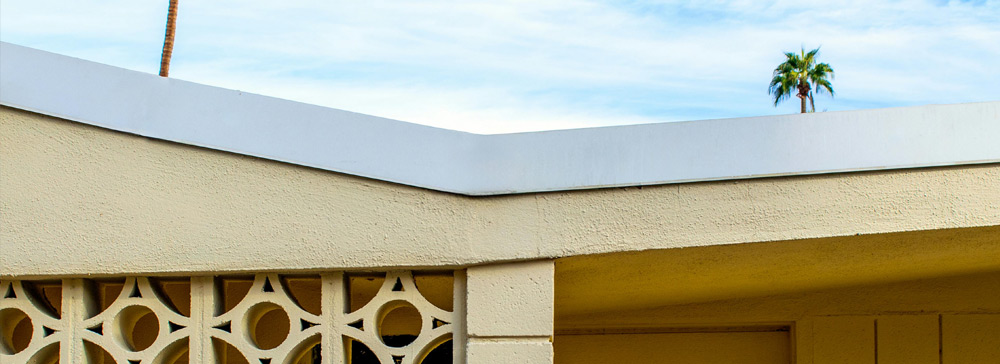In Palm Springs, art, architecture, and design aren’t just aesthetic choices. They’re reflections of identity. A meticulously restored Alexander home. A contemporary photography collection. A house filled with curated pieces gathered over decades. These aren’t just assets; they’re your legacy.
Unless they’re treated as such in your estate plan, they can be overlooked, mishandled, or lost altogether.
In my practice, I’ve worked with many clients whose lives are steeped in design and creative expression—but whose estate plans don’t yet reflect the significance of those assets. If you’ve invested years of care into a home or collection, it’s worth protecting, thoughtfully and legally.
Creative Assets Need More Than a Checklist
Unlike bank accounts or retirement funds, art and design assets are harder to classify and value. Original artworks, vintage furniture, or personal collections often fall through the cracks when planning is treated as a form, not a conversation.
The first step is purposeful inventory: ensuring you have photos, provenance, appraisals, and notes about each item’s story and intended recipient. We often help clients supplement their trust or will with a personal property memorandum, and when needed, include specific distribution instructions directly in the plan.
Your Home May Be a Work of Art
In a region known for architectural heritage, homes themselves often deserve special attention. If yours is historically recognized, or simply deeply personal, you may want to outline how it’s preserved or how future changes are handled.
We use tools like living trusts, preservation easements, or conditional gifts to reflect your intentions. We can also help address ongoing maintenance, appoint a preservation-minded fiduciary, or work with nonprofit partners if donation is part of your legacy.
Choose the Right People
When creative assets are involved, the right decision-maker matters. Will your trustee understand what they’re managing?
Sometimes, it makes sense to separate roles: one person to oversee general administration, and another with knowledge of your collection to guide specific choices. For high-value estates, a professional or corporate trustee may be more appropriate.
More Than Just a Transfer
Creative property carries personal meaning. That’s why strong planning should capture not only the legal details, but also the heart of your intentions.
I encourage clients to write letters to beneficiaries explaining why certain items matter. We also help structure plans to communicate these wishes clearly, minimizing the risk of conflict.
At its core, estate planning is about translating values into a legal framework. If beauty and design have shaped your life, they deserve to be part of the legacy you leave behind—intentionally and with care.

